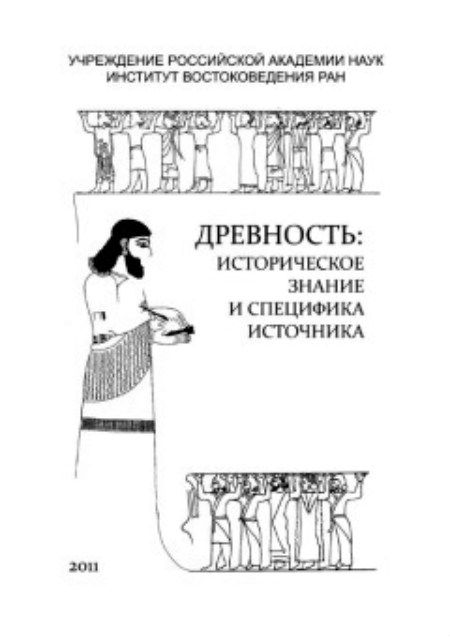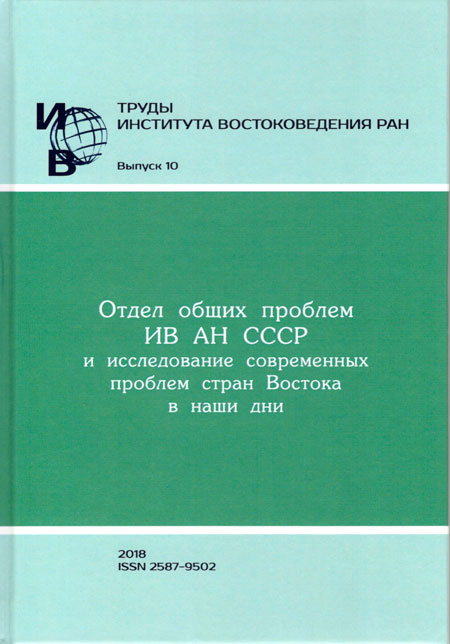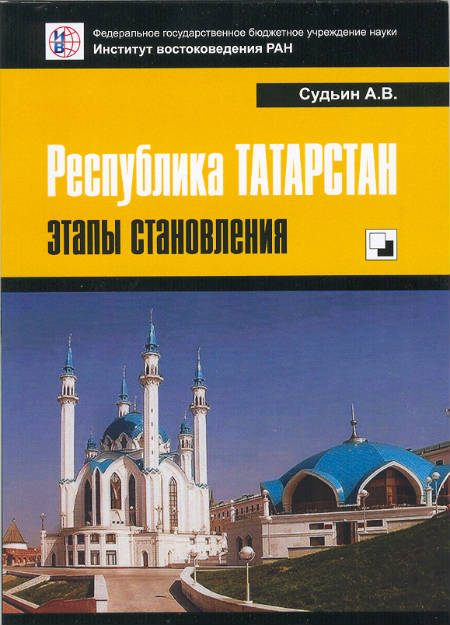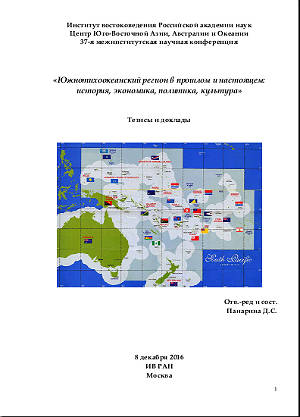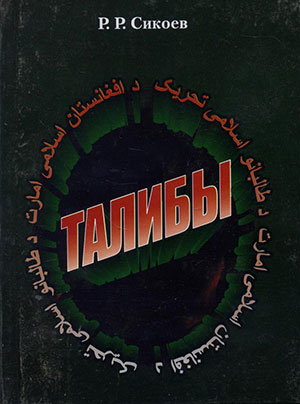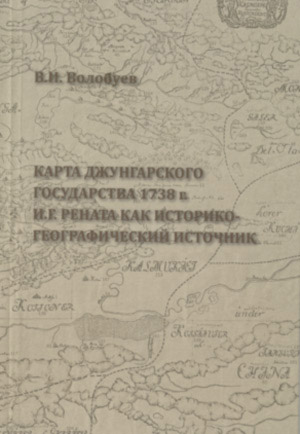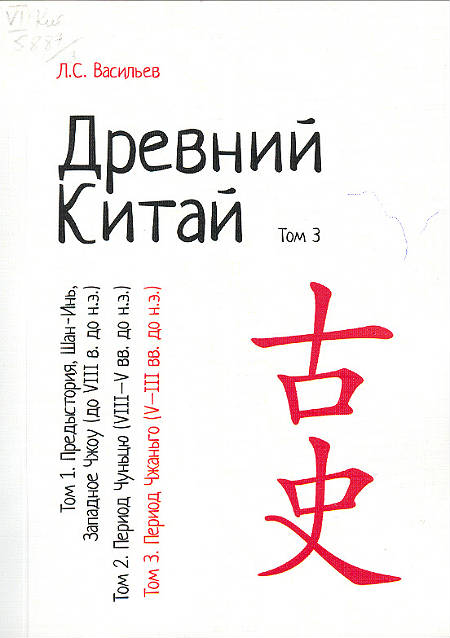Book
Ancient China: in 3 Vol. : Vol. 3. Chankuo Period (the 5–3 Cent. B.C.)
Москва, 2015, 679 p.
The last volume of a three-volume publication is dedicated to the history of the warring states of the Chankuo period (“The Warring States”, the 5th–3rd centuries B.C.). A detailed account is given of wars and politico-diplomatic actions which accompanied that protracted and vehement strife between kingdoms and coalitions formed by them. The profound transformation of internal structure that changed the entire aspect of the Chou China is also discussed. Special attention is given to the process of defeudalisation that had already begun in the late phases of Ch’unch’iu period. Having broken the fetters of feudal norms, rulers of the Chankuo period became full-fledged sovereigns of centralized states. Since their expansionist drive was then totally unchecked, they started pressing and crushing their neighbours, intending to weaken their armed forces and to annex desirable pieces of land. Free from feudal conflicts and internal strife, they were sometimes prepared to go to the stake for achieving their single aim: to defeat their equals in that struggle. For the most part, the volume is an account of the activity of Confucius (who was already partly discussed in Volume 2) and other outstanding thinkers and reformers of the Chankuo period. The main emphasis of this volume lies on the Master’s activity as a reformer: he aimed at changing the fundamental principles of Chinese life by gradually creating a new basis of strictsocio-ethical norms. Volume 3 pays attention to the exponents of a number of schools that competed with Confucianism, offering their own concepts of government. The latter half of the Chankuo period was not only the time of competition between different schools of Ancient Chinese thought but also the time of their co-operation. This resulted in a number of works of an encyclopaedic nature, different chapters of which were written by scholars of different schools. The process of a fruitful synthesis of Confucianism and Legism found its reflection in the official imperial Confucianism. That was an eclectic synthesis that absorbed everything valuable and beneficial to the land and the people from the legacy of the Chou sages. This variety of Confucianism exists in an almost unchanged form for more than two thousand years; and it is largely thanks to it that the modern Chinese-Confucian world owes its achievements.
РУССКАЯ ВЕРСИЯ: Древний Китай: в 3 т. : т. 3. Период Чжаньго (V – III вв. до н.э.)

